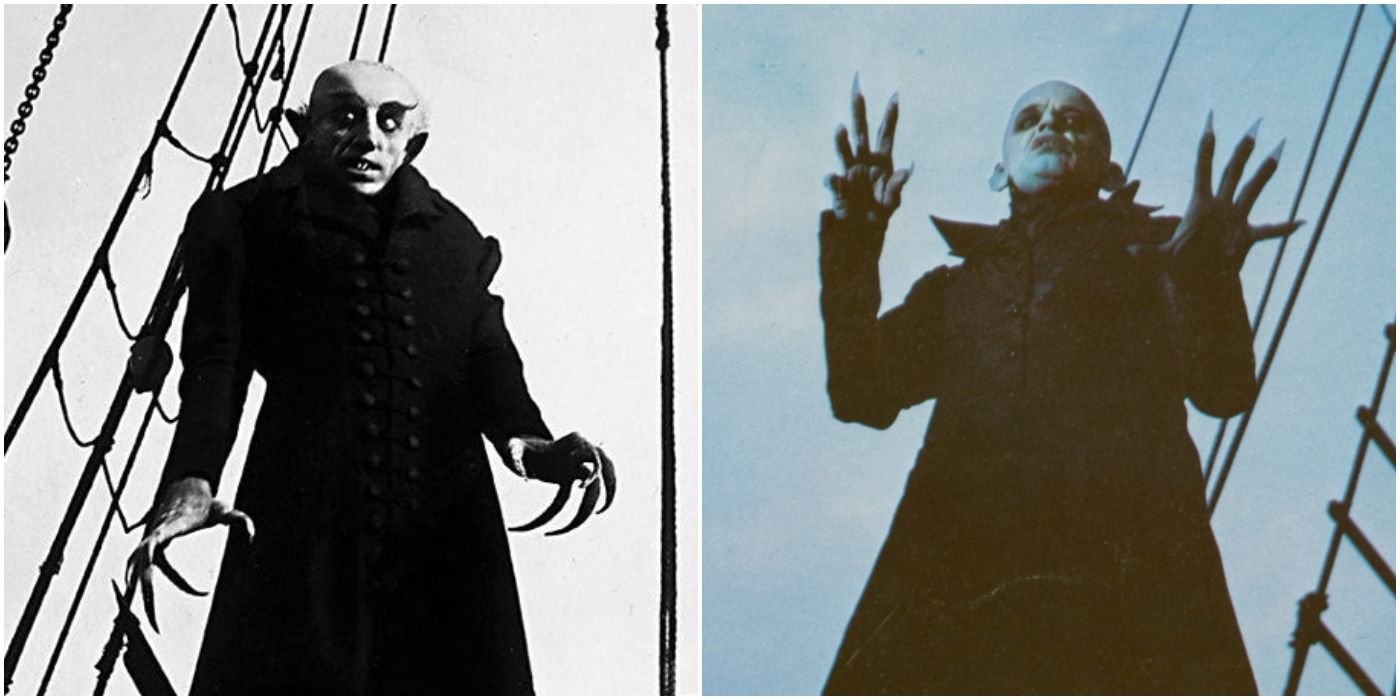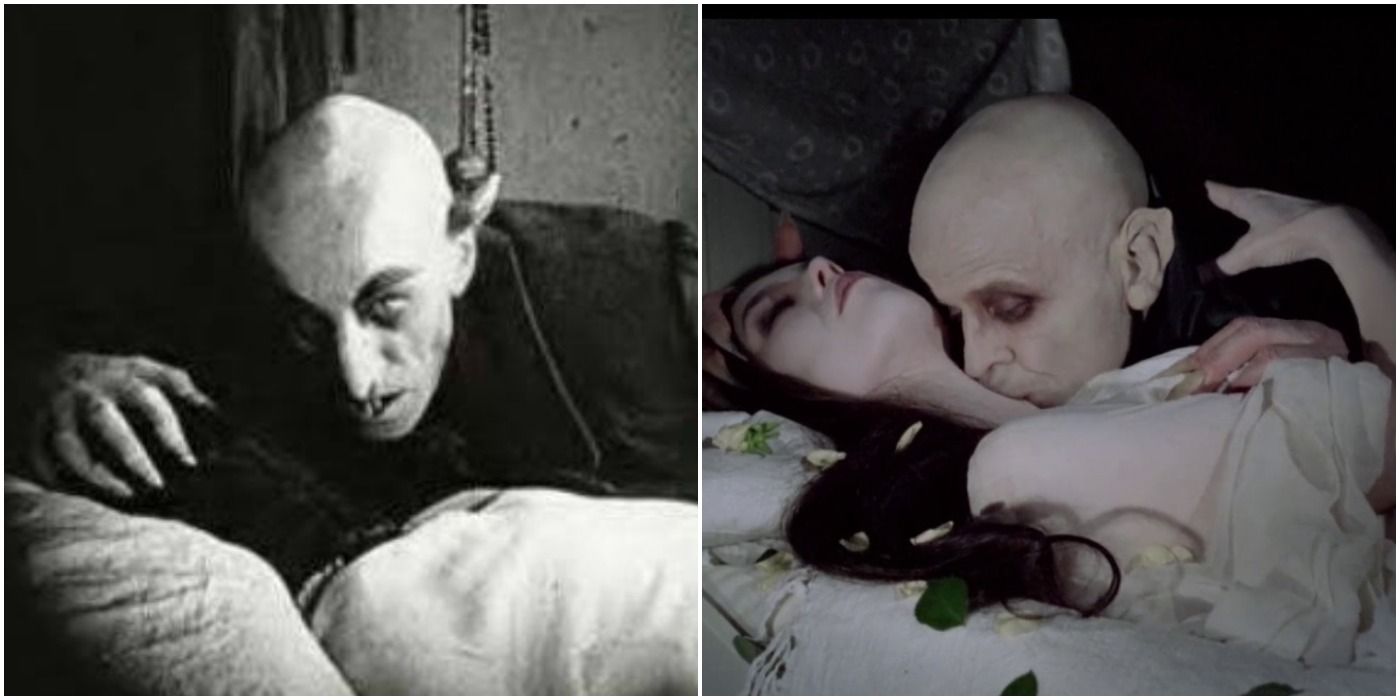Filmmaker Werner Herzog’s loose interpretation of F.W. Murnau’s silent classic, Nosferatu, was embraced by critics in 1979. Nosferatu the Vampyre incorporated a lot of the iconic imagery from the 1922 film while adding nuance to narrative. Both versions are based on the Bram Stoker novel, Dracula, but which movie is better?
When German film studio, Prana Film, set out to make an unauthorized version of Bram Stoker’s Dracula, it was intended as the first of a series of supernatural-themed productions. Though minor alterations were made to the story and character names were changed; it was clearly based on the popular novel. Nosferatu: A Symphony of Horror proved to be the studio’s first and last release. A court battle with Stoker’s heirs not only bankrupted the company, but a ruling in their favor also ensured that all copies of the film were destroyed. Fortunately, a few copies of the classic silent film were spared, allowing generations of filmgoers the opportunity to see it.
When Herzog decided to remake Murnau’s film, he reinstated the original character names and combined the most compelling aspects of both versions. The filmmaker kept the inhuman appearance of the vampire, played with haunting conviction by Klaus Kinski, and the concept of a plague sweeping through the city. He also kept many of the haunting images shot by Nosferatu cinematographer F. A. Wagner. While this reimagining of the silent classic was a visual valentine to the 1922 film, it possessed none of the immediacy or genuine suspense of the original. Herzog’s film attempted to humanize Dracula, framing the film in a more dramatic context, and creating an uneven juxtaposition with the horrific visuals.
Nosferatu ‘79 vs. Nosferatu ‘22: Which Is Better?
Even with the limits of film technology in the early 1900’s, Murnau and his cinematographer were able to capture the spirit of Stoker’s novel with creative ingenuity. Set design and lighting were key in telling the story, as well as framing characters in ways that helped underline feeling and intention. These expressionistic techniques would become hallmarks of the director’s work, most celebrated in his classic 1924 film, The Last Laugh. While Herzog had a sizable budget to work with and the added luxury of sound, his film never approaches the claustrophobic intensity of the original. Jorg Schmidt-Reitwein’s cinematography is fluid and often beautiful, but it remains trapped in the shadow of the terrifying original.
Universal’s officially authorized version of Dracula in 1931 was a more faithful version of the Stoker novel. Based on the successful Broadway version, it stayed true to the depiction of Dracula (Bela Lugosi) and the basic structure of the events. However, the Tod Browning film was not the visual cinematic achievement that Murnau created, nor the dramatic character piece Herzog presented in his version of Nosferatu. Overall, the iconic silent film remains the most unsettling of the three titles, capturing the nightmarish tone of the novel while incorporating an inescapable sense of foreboding.


